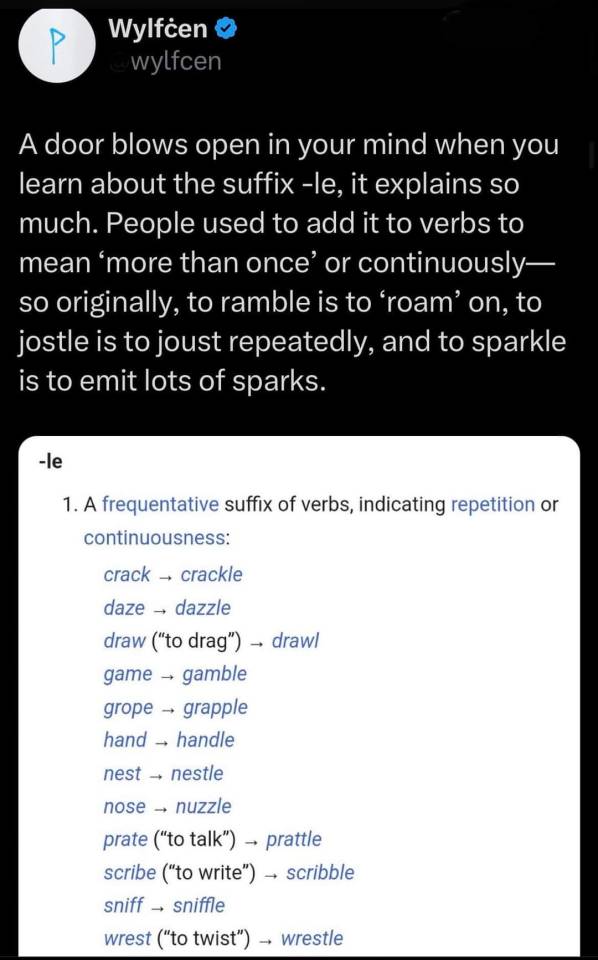Text
every tapwater is "drinkable tapwater" if u can attune your system to the resonant frequency of each pernicious metal in the solution
6K notes
·
View notes
Text


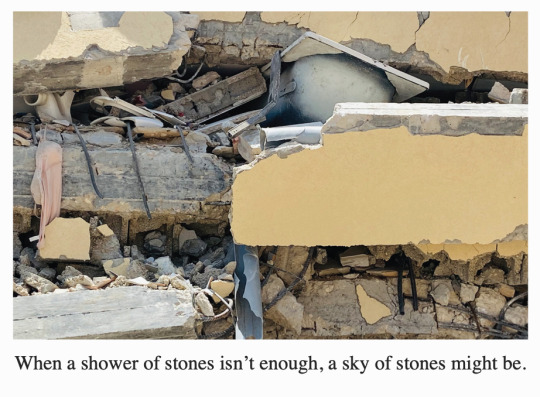




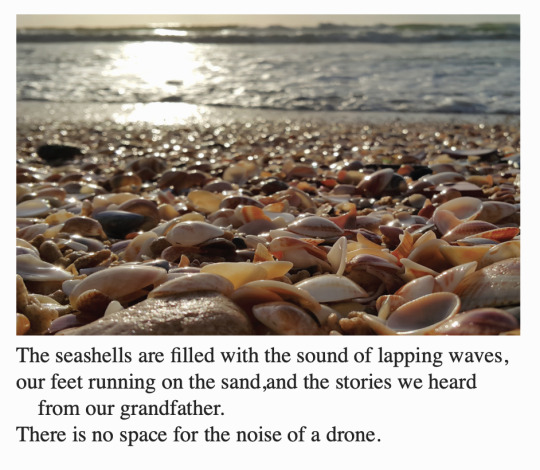
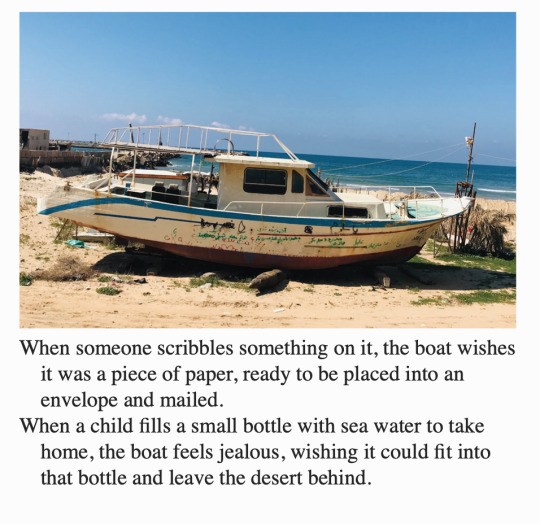

Mosab Abu Toha, "Interlude", from his poetry collection Things You May Find Hidden in My Ear: Poems from Gaza, available for download here
10K notes
·
View notes
Text
I wish everyone who was ever into knock down drag out fandom fights would direct all that energy towards their city council, I feel like that would transform society overnight.
#dogging your city and county about transportation issues is literally one of the most effective environmental and climate things you can do.#politics
46K notes
·
View notes
Text
KOSA Moves to the House
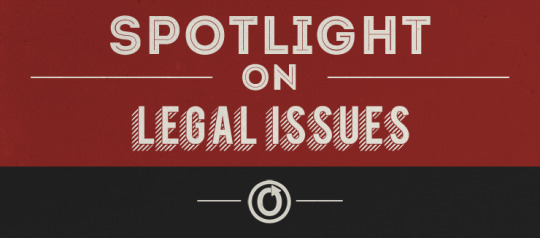
KOSA is still moving forward and OTW Legal explains how fans can add their voices and who to contact. Read more at https://otw-news.org/37dhnd5a
1K notes
·
View notes
Text
Modern library science has five key tenets that would also guide a future library economy. Developed by S. R. Ranganathan in his 1931 book, “Five Laws of Library Science,” these concepts are some of the most influential in today’s library economy. Let’s discuss these laws and how they would apply to the broader library economy.
1. Books are for use
While preservation of certain original works is important, the purpose of a book is to be read. More broadly, a hammer’s purpose is to hammer, a tent to shelter, a children’s toy to be played with. Americans buy a lot of stuff, much of which spends more time idle in storage than in productive use. This law guides libraries to prioritize access, equality of service, and focus on the little things that prevent people from active use of the library’s collection.
2. Every person has their book
This law guides libraries to serve a wide range of patrons and to develop a broad collection to serve a wide variety of needs and wants. The librarian should not be judgmental or prejudiced regarding what specific patrons choose to borrow. This extends to aesthetics of products, ergonomics, accessibility, topics, and the types of products themselves.
3. Every book has its reader
This law states that everything has its place in the library, and guides libraries to keep pieces of the collection, even if only a very small demographic might choose to read them. This prevents a tyranny of the majority in access to resources.
4. Save the time of the reader
This law guides libraries to focus on making resources easy to locate quickly and efficiently. This involves employing systems of categorization that save the time of patrons and library employees.
5. The library is a growing organism
This law posits that libraries should always be growing in the quantity of items in the library and in the collection’s overall quality through gradual replacement and updating as materials are worn down. Growth today can also mean adoption of digital access tools.
#yes.#was just wishing rei had a Camping Stuff Library instead of being a store#library#environmentalism
3K notes
·
View notes
Text
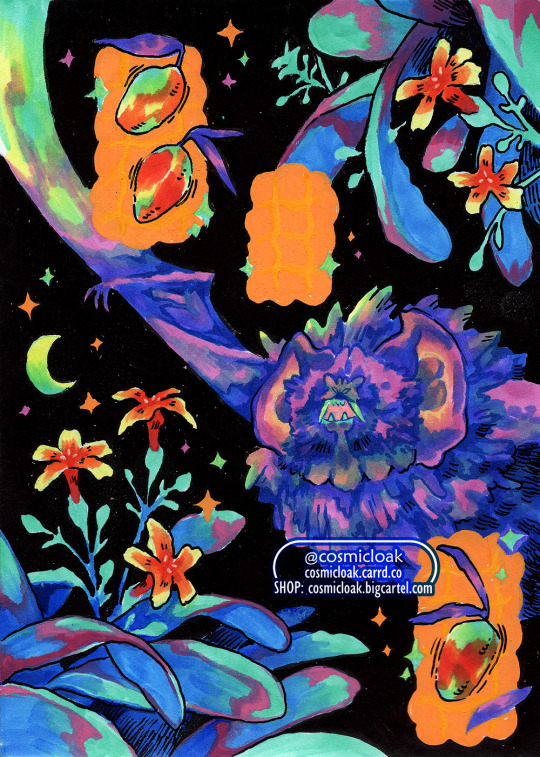

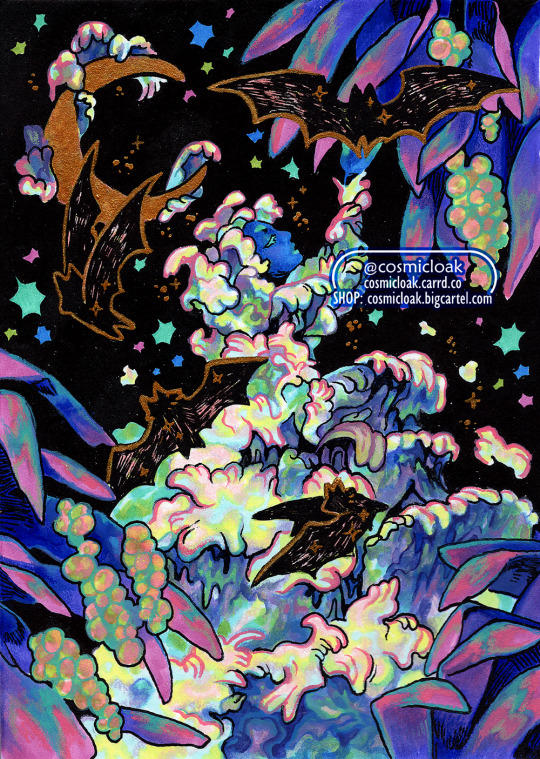
I missed International Bat Appreciation Day by a day (April 17) (ㆀ˘・x・˘)
bats are neat & incredibly important to the environment!
exclusive prints of these @mushroomyhouse - mushroomy.house/cosmicloak
shares appreciated⁺˳✧༚
27 notes
·
View notes
Text
the stuff going on at columbia campus rn is genuinely incredible
16K notes
·
View notes
Text
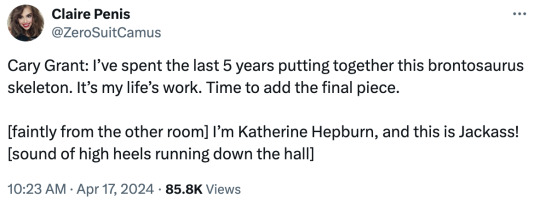
this is a contender for one of my favorite tweets of all time
1K notes
·
View notes
Text
Another aspect of the Gaza Genocide that I want to talk about is the complicity of Internet banking and crowdfunding websites like GoFundMe.
I have seen multiple Gazans raise enough money to leave for Egypt, but the banks and the crowdfunding websites freeze their money or cancel their funds for "suspicious activity" or whatever. Every day that passes in Gaza supplies get more scarce, conditions get more deadly, and the price to cross into Egypt gets more expensive. I've seen people, like ghost-90 here on Tumblr, raise the full amount to get their entire family out of Gaza, but their money gets frozen for so long that the original goal is only a fraction of the price now needed to cross the boarder.
These financial institutions should not be allowed to get away with contributing to the death toll in Gaza. They are intentionally keeping people trapped in a kill zone by withholding money that is rightfully theirs.
I'm so pissed and angry that every avenue for relief for Palestinians is being cut of left and right. It is vile that Gazans are being extorted for 10s of thousands of dollars by the Egyptian gov just to save their family's lives, but even when they play by this corrupt game, the world still finds a way to make them suffer.
My heart is with every Palestinian for the rest of time, from river to sea you will all be free. 🇵🇸❤️
20K notes
·
View notes
Text
ATTENTION
If you see this you are OBLIGATED to reblog w/ the song currently stuck in your head :)
432K notes
·
View notes
Text
Be careful out there. Because, more than usual, you can't be sure who's listening. (Or who may be, later, once your data's been scraped and sold...)
“Have you ever wondered where your friend hangs out on Discord? Tired of basic search tools like Discord.id? Look no further!” Spy Pet’s website reads. It claims to be tracking more than 14,000 servers, 600 million users, and includes a database of more than 3 billion messages.
404 Media was unable to verify whether those figures are accurate, but did confirm the service is scraping messages from Discord servers and is making them and other user data available to paying customers.
1K notes
·
View notes
Text
reblog for the most chaos PC we can manage
12K notes
·
View notes
Text
You guys have probably heard that the EPA just set new Maximum Contaminant Levels (MCLs) for the first time in decades for PFAS, which is BIG news in the industry, but not a surprise. I've been in meetings for months hearing about how new PFAS regulations were in the works, and the consensus in the environmental sector is that it's long overdue. But for the rest of you who've never heard of PFAS before I can break down what the big issues are and why they've taken so long to address.

^stolen from pubchem
So PFAS stands for per- and poly- flouroalkyl substances, and it's not one chemical compound, but an entire class of thousands of chemicals that have these chains of Carbon and Flourine atoms. For anybody who doesn't have a chem background fluorine is a nasty atom, it has seven electrons in its valence shell and it will do anything to fill it up to eight, creating incredibly strong bonds.
So you have really strong C-F bonds and these chains of C and F atoms are hydrophobic, which means these compounds are durable and water resistant, which makes them great for all sorts of industrial uses. And we've used them in everything: clothing, fast food wrappers, paints, solar panels, and non-stick pans just to start.
Unfortunately, these wonder chemicals are PBTM- Persistent, Bioaccumulative, Toxic, and Mobile. They don't break down, they build up in the food chain, they have adverse health effects, and even though C-F chains are hydrophobic, additional compounds connected to them can make them soluble in water (so they're in our drinking water). We're starting to realize PFAS can raise cholesterol, inhibit immune response, interfere with your thyroid (part of your hormonal system), cause liver toxicity, is linked to cancer, and more!
At this point you're probably starting to think wtf, how did we allow the continued widespread use of these chemicals? Well, we have phased out quite a few high profile PFAS compounds including PFOA and PFOS, but we still want to regulate and test for them in our drinking water. While PFAS is in many different products, the biggest sources of contamination are industrial runoff, areas where fire fighting foams were tested and used, landfills that leach out PFAS into the surrounding area, and wastewater treatment plants. So don't feel too stressed about eating microwave popcorn or using nail polish.
The reason these regulations took so long to implement was because of how difficult it was to connect such small amounts of PFAS with health hazards. The level of concern for PFAS is extremely low- in the ppt (parts per trillion) range. When I sample for contaminants I'm generally testing in the ppm range and higher, for PFAS we're looking an entire scale lower. We literally did not have the technology before the last few decades to detect PFAS in the ppt range in water, let alone study their effects (you can't just impose massive regulations without any proof to back it up).
States that currently have PFAS limits in drinking water have mostly capped it in the 10-70 ppt range. The new MCLs are 4-10 ppt for the six PFAS compounds the EPA addressed, which are six of the most common and most studied PFAS compounds. Most of the bitching I've seen is about how much this will cost and that the new limits are too low. The conservative take on this is that there isn't enough evidence to support such low MCLs, although most people in the environmental industry feel that more and more research keeps coming out and will keep coming out (remember studying such small amounts of anything is difficult) to support these levels. On the other side of the spectrum, there's the consensus that this is just the beginning and that more and more regulations on PFAS will be needed.
And they're in the works! I saw a proposed rule by the EPA that would ban 12 (already defunct) PFAS substances from pesticides. It wouldn't really affect the current manufacturing of pesticides, but it would be a safeguard from letting them back into the manufacturing process in case of a conservative presidency.
If you're still here I'd like to end on the note that as our science improves, our understanding of how we have impacted the environment and our health will improve. We are constantly going to find out about the adverse effects of new chemicals or things that we may not even produce anymore, and that's a good thing. Over time we are going to make the world a healthier and safer place.
#what Dark Waters was about for anyone who was around for that. or the og NYT article#environmentalism#chemistry#civil engineering#wastewater management#water management#water water everywhere and not a drop to drink#in this house we:#stan the EPA
36 notes
·
View notes

